Design thinking is a process that can help you design better customer experiences. It's a human-centered approach that starts with understanding your customers' needs. From there, you can develop digital solutions that resolve their issues.
As a business owner, one crucial question always keeps you busy, "how do I build a great customer experience." After all, customer experience (CX) is at the core of designing various customer touchpoints.
What is design thinking?
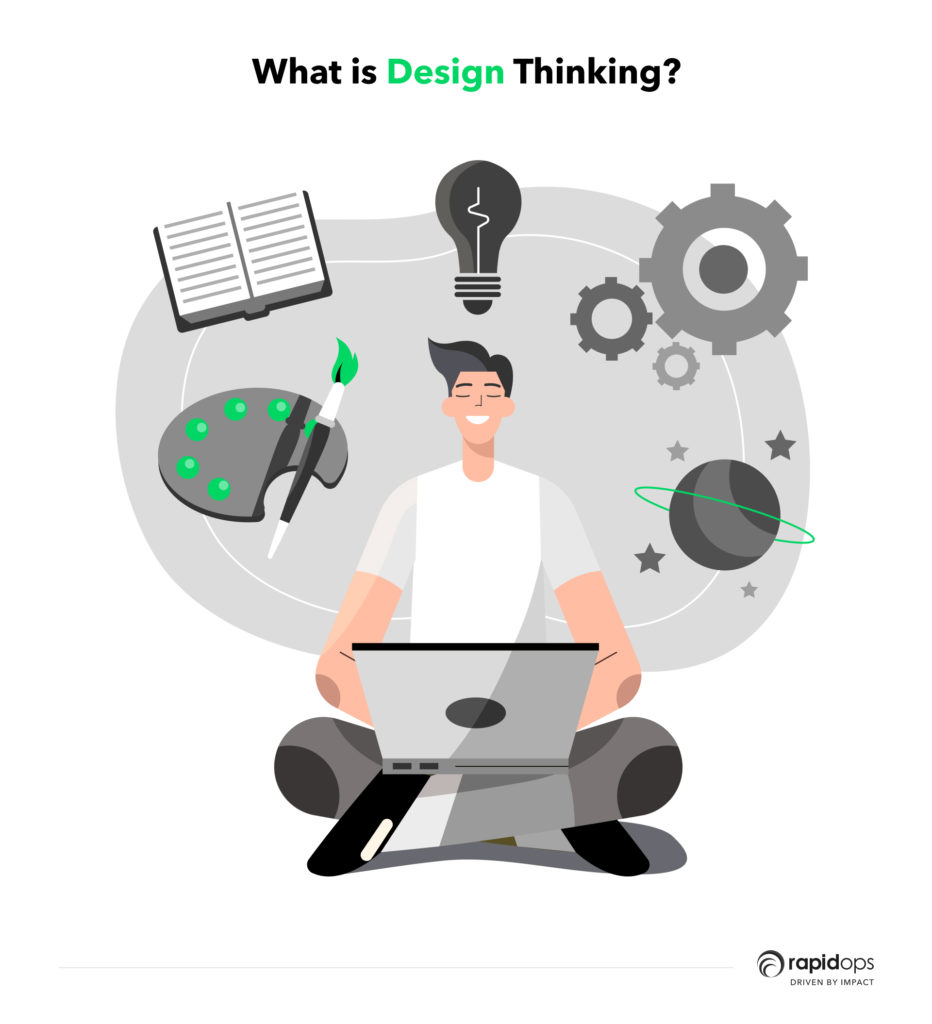
It is a creative problem-solving process that can be applied to any situation where you need to generate new ideas or develop innovative solutions.
Consider incorporating design thinking into your process if you're looking to take your customer experience design to the next level. Once you have a solid understanding of your customer's needs, it's time to get creative and experiment with different design approaches.
It involves a process of iteration and refinement. By testing early prototypes with customers and making changes based on their feedback, designers can continually optimize their designs until they achieve the desired results.
Additionally, digital product designers must be adept at leveraging data analytics techniques to measure user engagement and identify areas for improvement.
How can design thinking help you build better customer experiences?
Empathizing with your users is the first step of the design thinking process. This involves understanding their needs and pain points. Only then can you begin to define the problem you're trying to solve.
Once you've done that, you can start generating ideas for potential solutions. Finally, you'll need to prototype and test those solutions to see if they work. This process can help you build better customer experiences in several ways by
- helping you understand your users' needs and pain points
- providing a framework for generating new ideas
- assisting you in prototyping and testing potential solutions
- encouraging user feedback
Why is design thinking important for digital products?
Digital products are becoming increasingly complex, and users have higher expectations than before. Product teams need to be able to think outside the box and come up with original solutions if they want to counter these dynamic and rising demands. It provides a framework for doing just that.
Why use design thinking?
It is an effective way to develop digital products that genuinely meet customers' needs. By using an empathetic understanding of user needs, digital product designers can create more engaging and practical solutions to meet customer goals and expectations.
It is also an excellent tool for driving user engagement with digital products.
By focusing on aspects like intuitive interfaces, intuitive navigation, and highlighting key features in a visually appealing way, digital product designers can ensure that users stay engaged and continue to derive value from their digital experience.
Additionally, design thinking helps digital product teams collaborate more effectively by fostering creativity, collaboration, and innovative thinking across all stages of the design process.
When should you use design thinking?
The short answer is: "always."
But in reality, there will be times when design thinking is more critical to the success of your digital product than others.
If you're working on a new digital product or feature, it ensures that the same meets the needs of your target users.
It identifies the ways to make your product more intuitive and visually appealing if you struggle to increase user engagement with your digital product.
And if you're looking for ways to improve team collaboration and creativity, it can provide a framework for doing so.
You can create engaging, intuitive, and easy-to-use digital products. You must carefully consider users' needs and preferences, and have an understanding of emerging digital trends and technologies.
What are the different phases of design thinking?
The five major phases to design thinking
- Empathize with your users to understand their needs
- Define the problem you are trying to solve
- Ideate and generate ideas for digital solutions
- Create a prototype of your solution
- Test your solution with users
What is a digital product strategy, and how does design thinking affect it?
At the heart of any successful digital product is a solid and well-thought-out digital product strategy.
This strategy involves:
- thinking critically about your target customers
- identifying their needs and pain points
- designing products that can effectively address these needs
- alleviate their pain points
Using design thinking techniques such as user research, ideation, prototyping, and testing, helps create better customer experiences. These experiences are genuinely tailored to meet the unique needs of your customers.
What are some benefits of design thinking?
Some significant benefits of using design thinking while building a digital product include:
1. Improved customer satisfaction
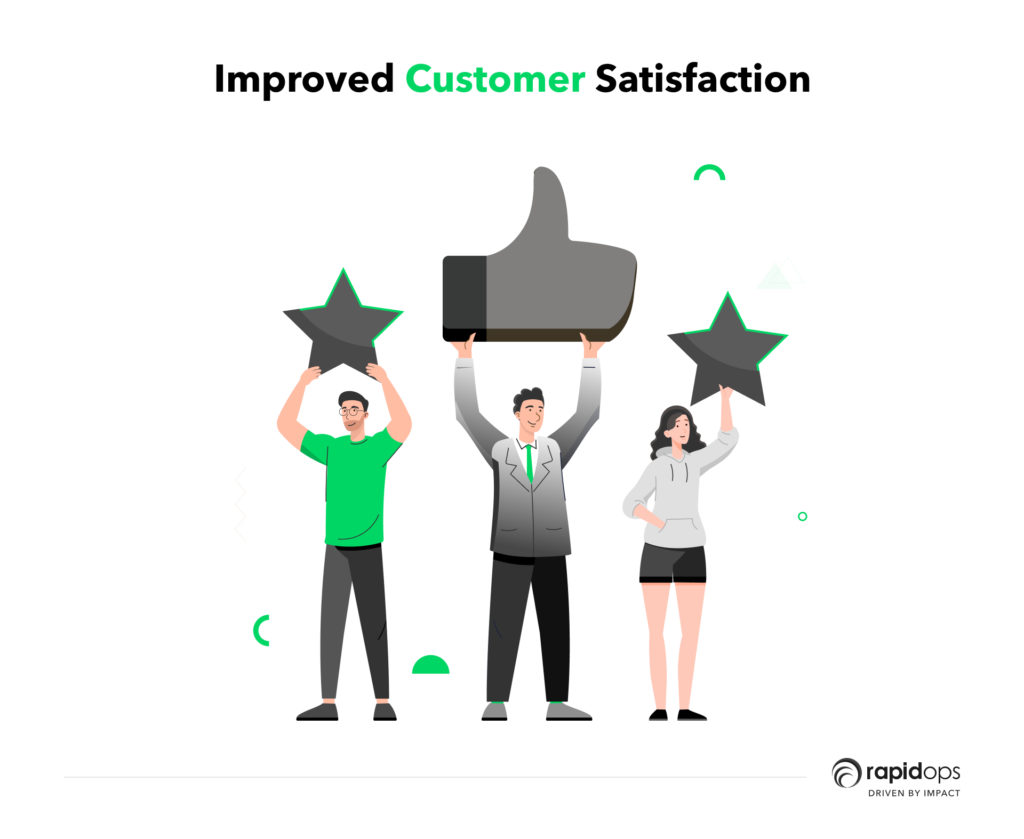
Putting the customer at the center of your product development process helps you create a product they will love. It helps you understand your customer's needs and wants to create a product that meets or even exceeds their expectations.
2. Increased efficiency
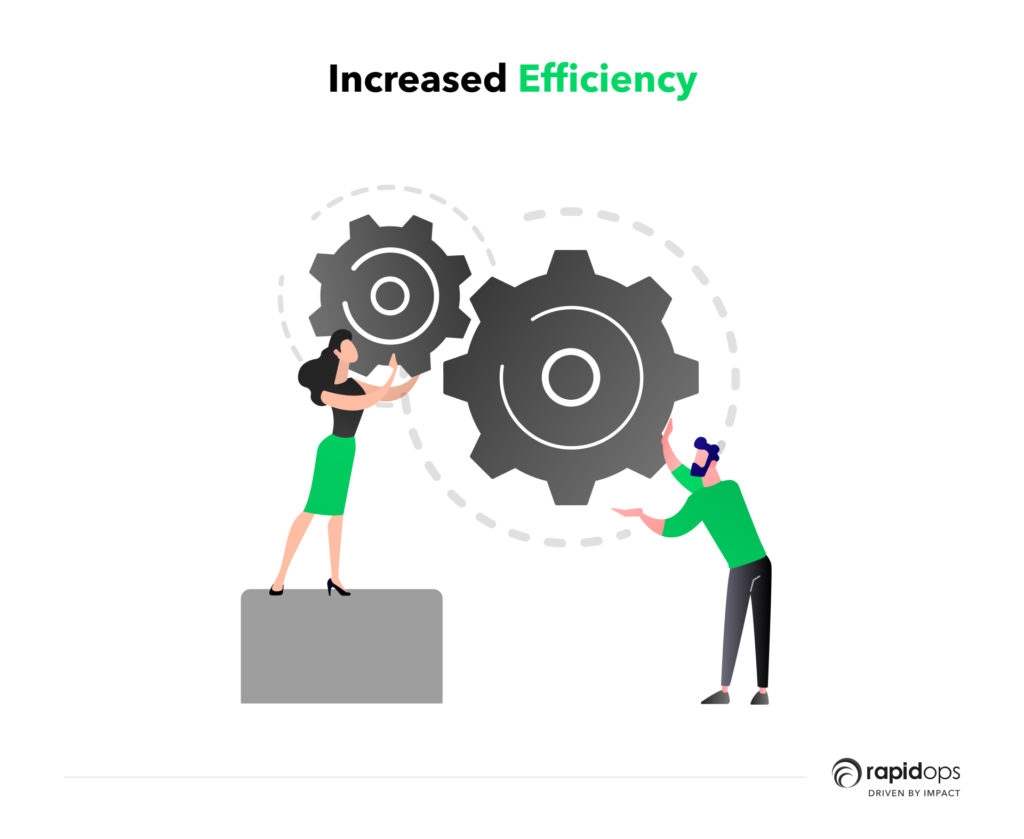
It streamlines your product development process, making it more efficient and effective. Focusing on customer and their needs helps avoid wasting time and effort developing features they might never use.
3. Greater innovation
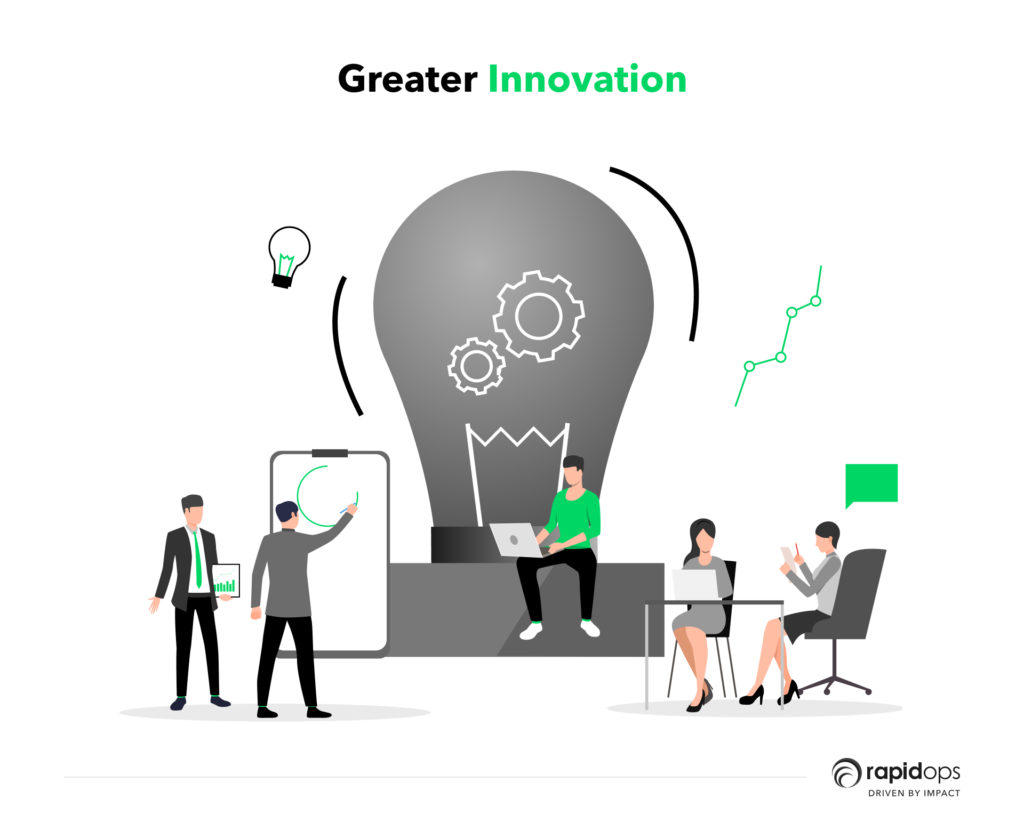
It encourages out-of-the-box thinking and helps you develop innovative solutions to problems. This allows you to think about issues from different perspectives and consider unconventional solutions.
4. Better team collaboration
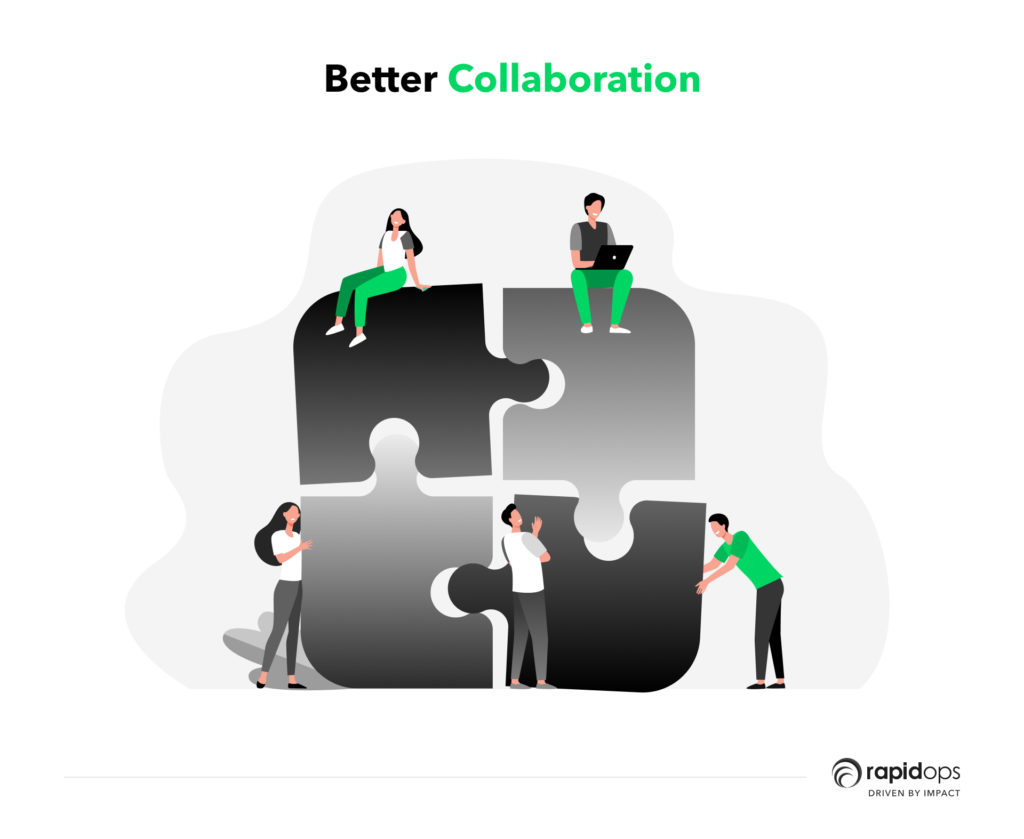
Good design thinking fosters collaboration within your team, as everyone works together to solve problems and create the product.
This creates a well-rounded team with diverse insights and experiences, which is critical for building successful digital products.
Are you looking to build a better customer experience with your digital product? Design thinking is the approach that you should consider.
What's in it for the digital product development team?
Product development teams create exceptional digital products with creativity and intuition, setting you apart from your competitors.
Overall, it can:
- Help develop better digital products
- Understand your users' needs and challenges
- Generate innovative solutions
- Testing solutions with real users
A productive digital product development team can deliver a high-quality customer experience that drives engagement, loyalty, and revenue.
Concluding thoughts: Design thinking helps refine and define better customer experiences
Customers today are looking for personalized experiences that meet their specific needs quickly and intuitively. Want to build better customer experiences with your digital products? Then, it is essential to embrace a design thinking mindset.
You will be able to create products that meet your customers' needs and stand out in today's competitive digital landscape.
Leveraging design thinking principles to develop your digital products can confidently deliver better experiences and build lasting customer relationships.
Three significant ways it curates your customer experience:
1. Helps you understand customers and their needs
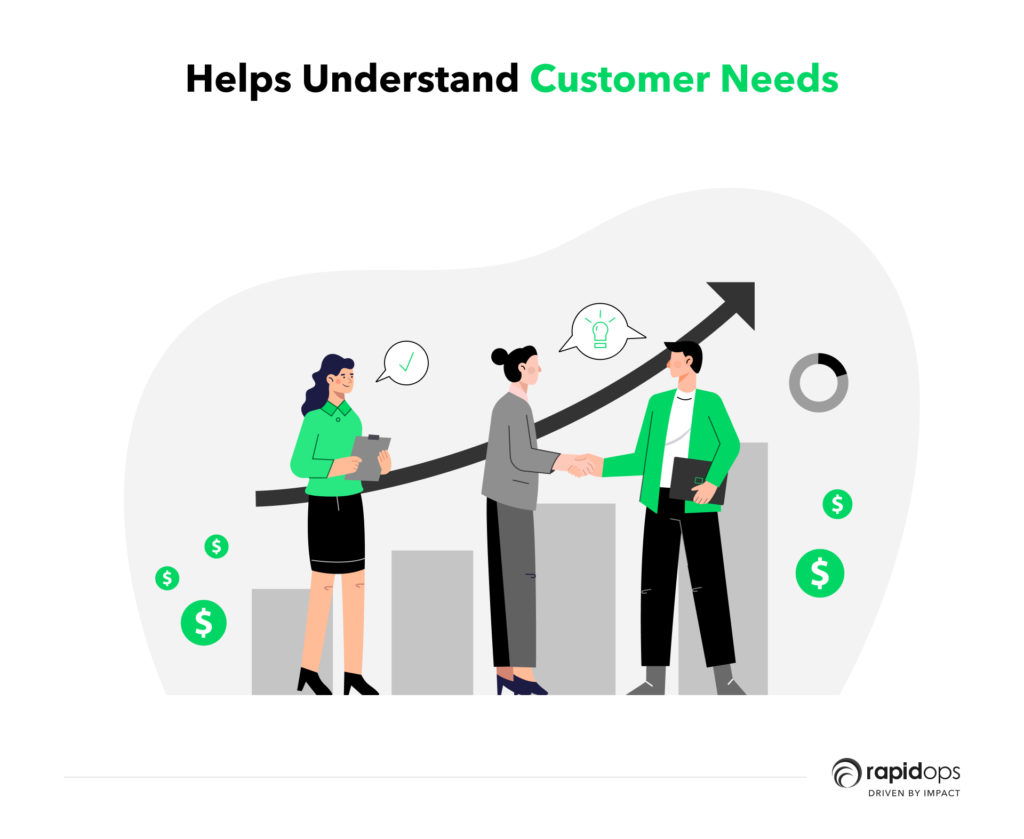
It starts with a deep understanding of your customers and their needs. This includes developing empathy for their challenges, identifying pain points, and exploring possible solutions through design prototype testing.
2. Encourages creativity and experimentation
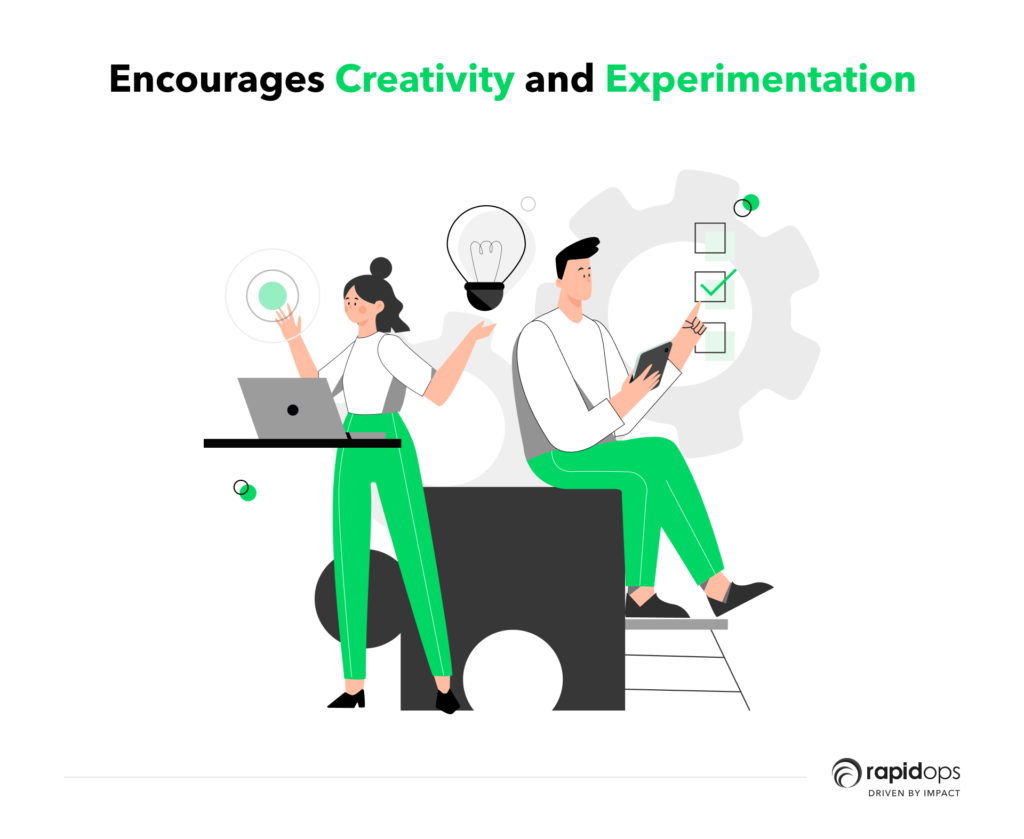
One of the fundamental tenets of design thinking is approaching problems from a creative and innovative perspective. Rather than relying on tried-and-tested methods, it encourages experimentation and iteration as part of the design process.
3. Helps design compelling user experiences to meet customer needs

By focusing on customer needs, it enables you to develop unmatched user experiences for your target audience.
It can help you build better product experiences that meet your customers' needs functionally and appealingly with a human-centered approach. This allows your tram to focus more on creativity and experimentation.
Partner with Rapidops and turn your digital product idea into a success with our digital product development experts. We plan everything related to your digital product's success and let you divert your energy to running your business's operations.

Saptarshi Das
Content Editor
9+ years of expertise in content marketing, SEO, and SERP research. Creates informative, engaging content to achieve marketing goals. Empathetic approach and deep understanding of target audience needs. Expert in SEO optimization for maximum visibility. Your ideal content marketing strategist.
What’s Inside
- What is design thinking?
- How can design thinking help you build better customer experiences?
- Why is design thinking important for digital products?
- Why use design thinking?
- When should you use design thinking?
- What is a digital product strategy, and how does design thinking affect it?
- What are some benefits of design thinking?
- What's in it for the digital product development team?
- Concluding thoughts: Design thinking helps refine and define better customer experiences

Let’s build the next big thing!
Share your ideas and vision with us to explore your digital opportunities
Similar Stories
- Strategy
- undefined Mins
- February 2017

- Design
- 2 Mins
- June 2014

- Strategy
- 19 Mins
- August 2023


Receive articles like this in your mailbox
Sign up to get weekly insights & inspiration in your inbox.
